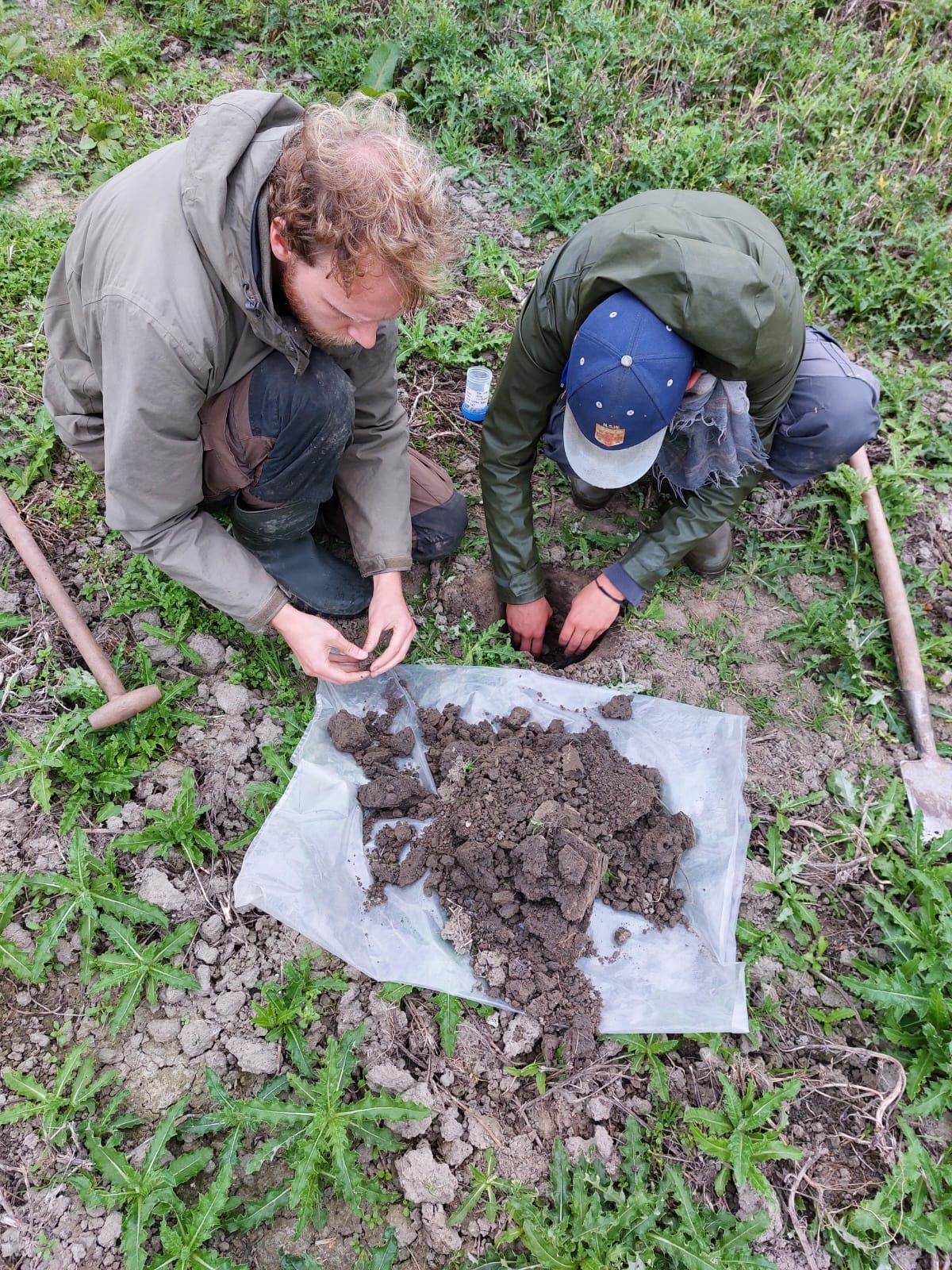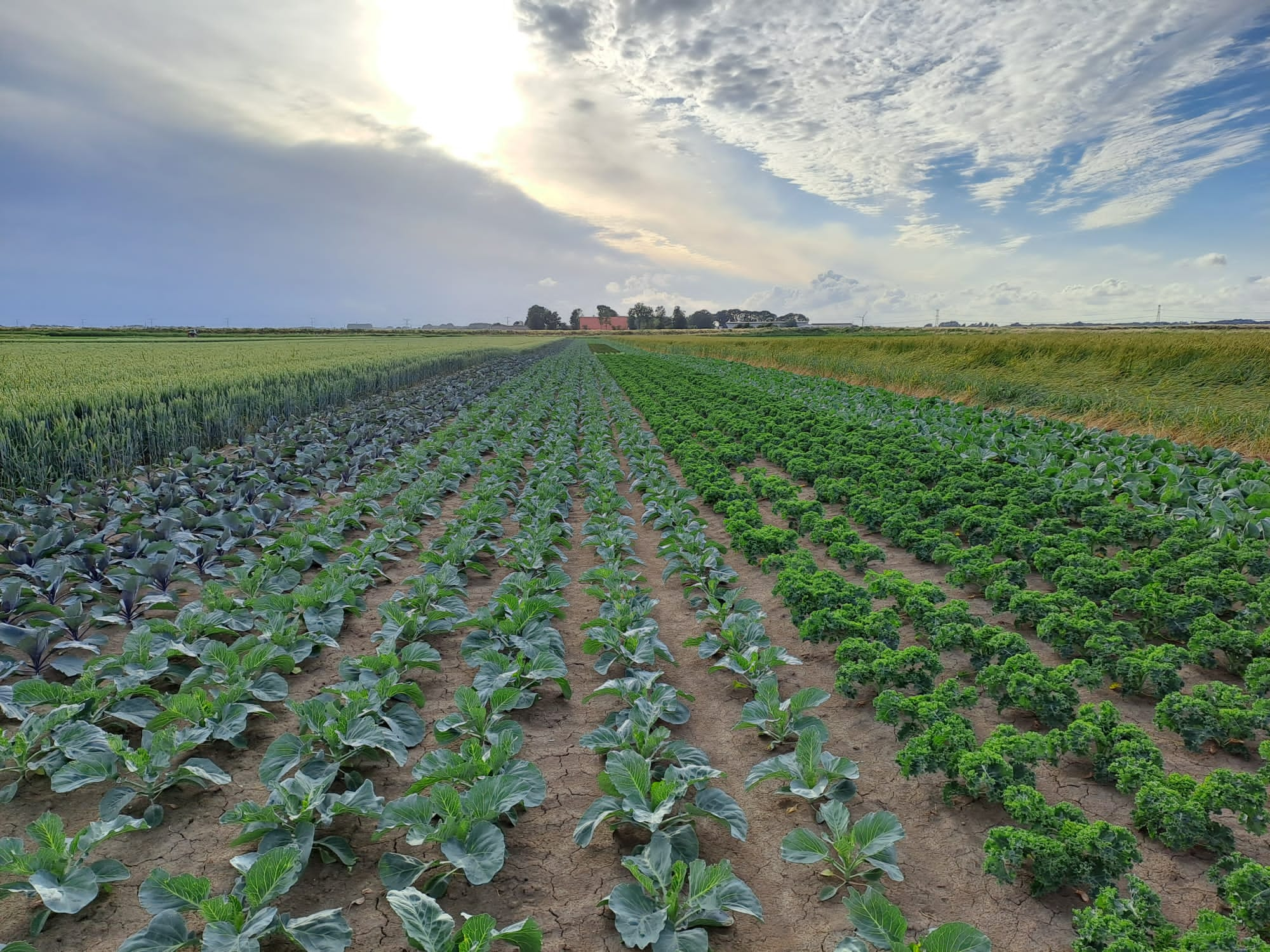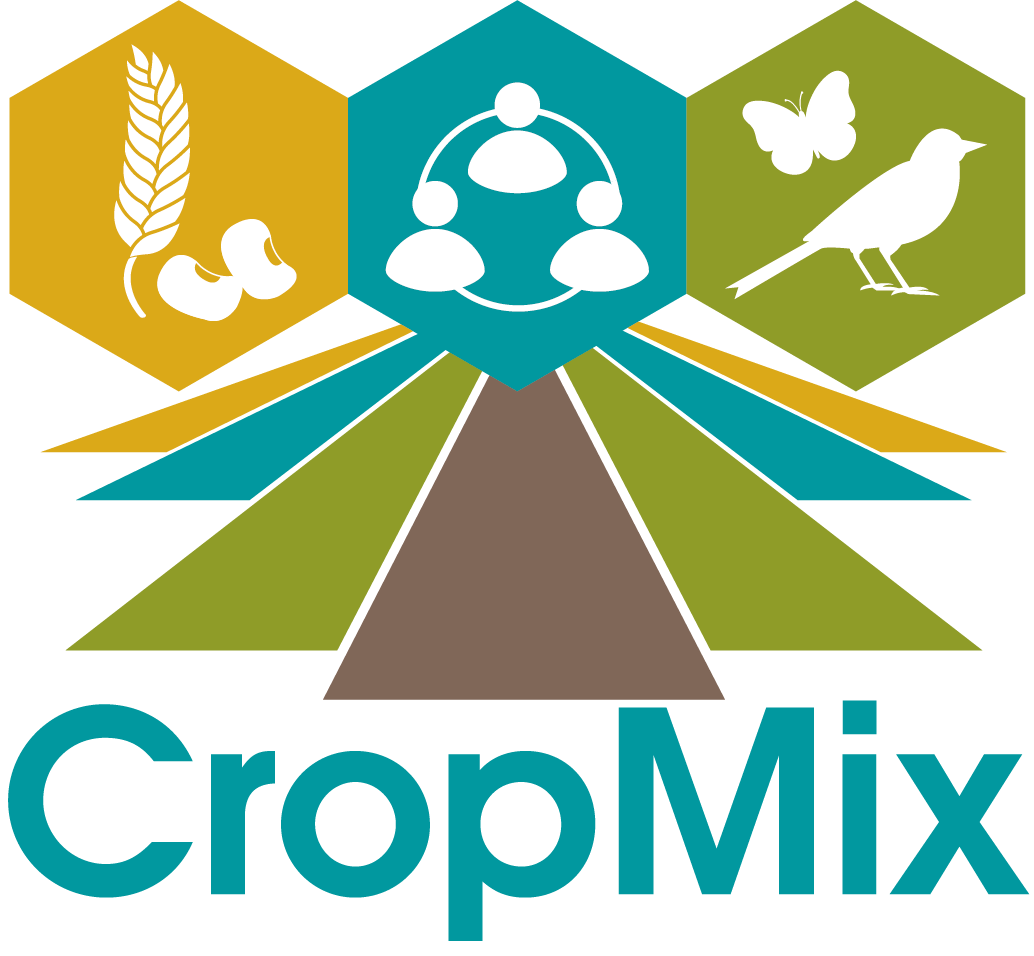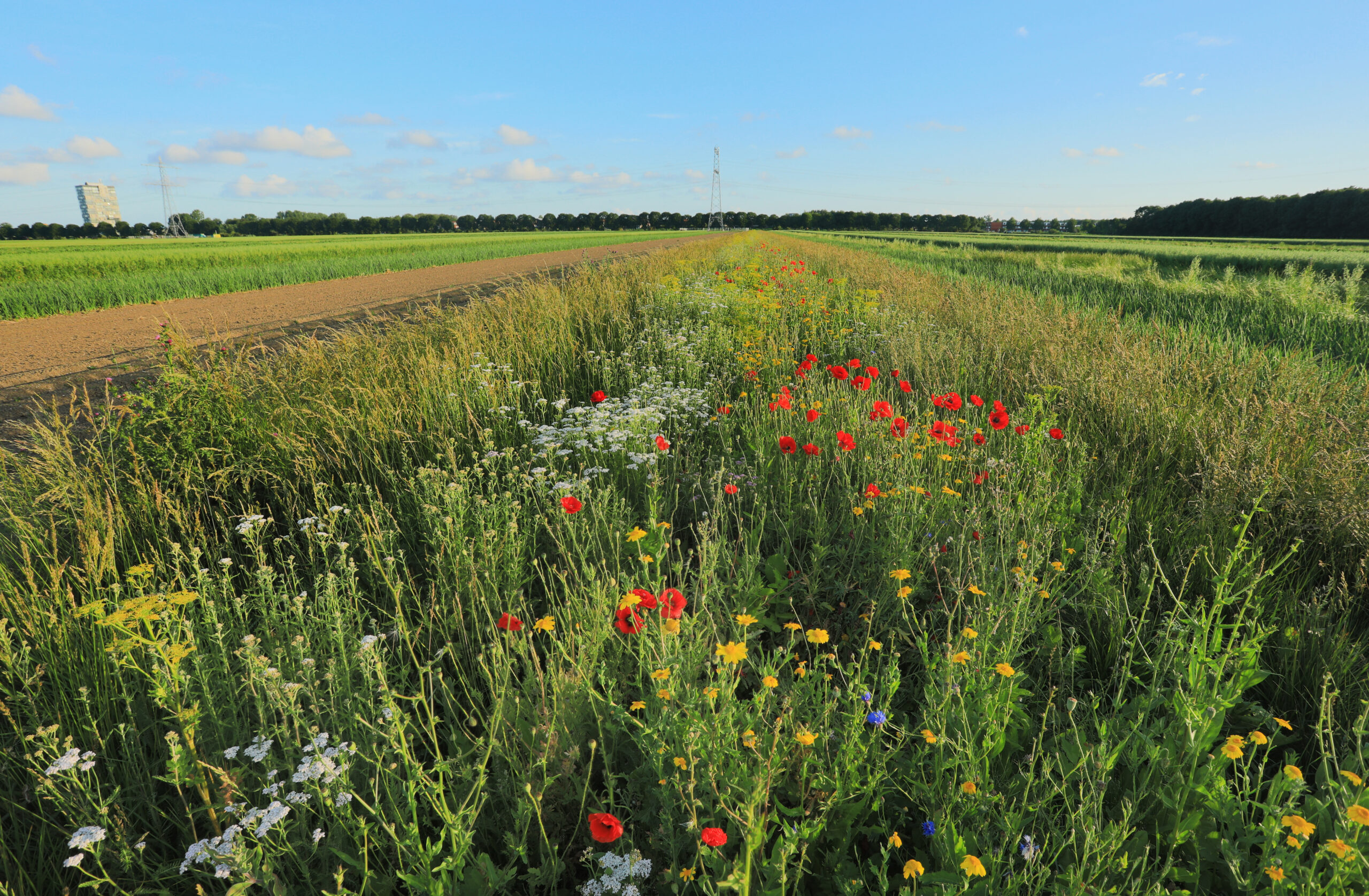This work package focuses on above-ground and below-ground interactions. We look at the interactions between plants, crops, insects and other species living in the field and the differences between strip cropping and monocultures.
Work package 1 unravels crop interactions below and above ground. Below ground, it deals with soil food webs, nutrient use, disease resistance and root characteristics. Above-ground is about weeds, pathogens, insect attacks, natural pest control and shoot characteristics. We are developing computer models to see how those traits translate to field and farm level. For example, what does this mean in terms of crop performance, design of mixed cropping systems, biodiversity, crop protection and field birds? At the most zoomed-out level, we look at environmental impacts at the landscape level.
Goal
Innovating mixed cropping systems that seek to maximise resource efficiency and suppress pests, pathogens and weeds for combined yield benefits and contribute to farm-level biodiversity.
Work package 1 consists of 10 PhD candidates and two postdocs. Listed below are all the individual projects.

Research projects

Below ground interactions

Above ground interactions

Scaling of plant-plant processes to field and farm
- Soilborne pathogens and microbial interactions > Margherita Berri
- Soil food web and nutrient cycling > Franklin Harris
- Modelling key belowground ecological processes in crop mixtures > Kostas Kypros
- Sustainable weed suppression > Amandrie Louw
- Resistance to herbivores and pathogens > Andi Dirham Nasruddin
- Effects of plant diversity on biocontrol > Gabriele Bolletta
- Optimising micro-climated informed intercropping systems > Ana Ferreira Ernst
- Scaling plant-plant to field > Postdoc, to be hired
- Yields in strip cropping > Hilde Faber
- Insect biodiversity > Post doc, to be hired
- Farmland birds and strip cropping > Rik Waenink
- Biodiversity and ecosystem services within circular food systems > Felipe Cozim Melges




